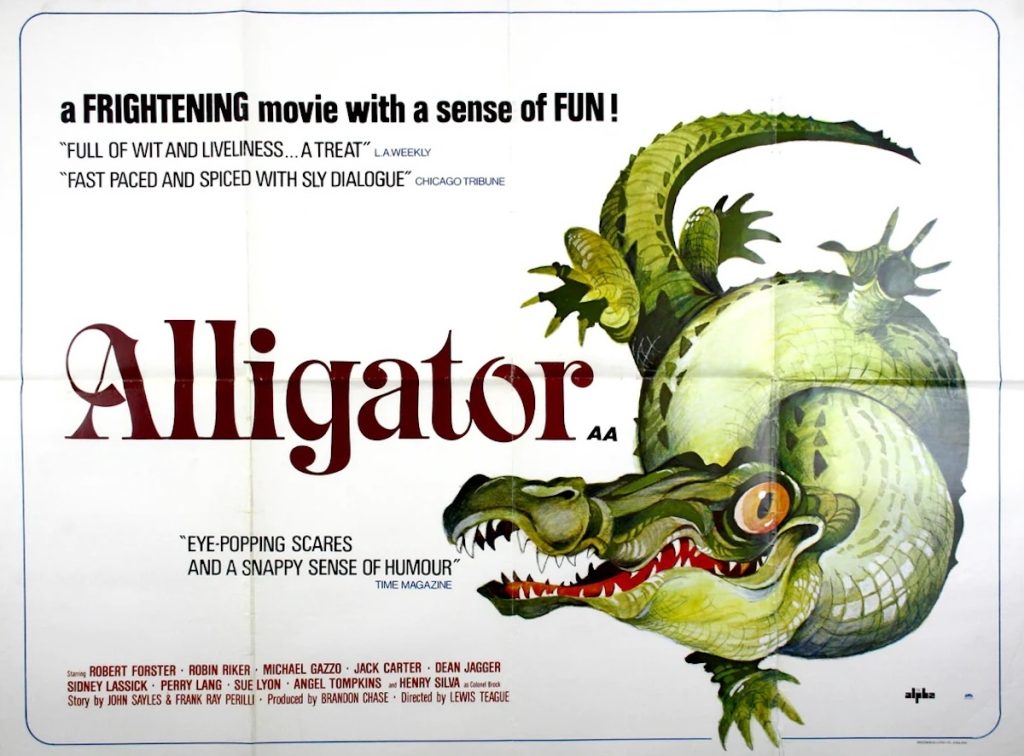The story goes that producer Walter Wanger came to Frank Borzage with a title, two pages of a script and a start date scheduled for four weeks away. It was a crazy proposition even by breakneck Old Hollywood production standards, but what a title. Wanger knew Borzage had been itching for a change of pace after a run of serious prestige pictures like the anti-fascist youth drama No Greater Glory and his swoony adaptation of Ernest Hemingway’s A Farewell to Arms (which the hard-assed author famously hated.) The producer was said to have goaded him into the project, calling Borzage a coward and basically daring him to make the film on this impossible schedule, which is why writers Gene Towne and C. Graham Baker had only finished 52 pages of the screenplay when it came time to start shooting History Is Made At Night.
Borzage was quoted as saying, “it’s no way to make a movie.” Except maybe this one. There’s a kamikaze quality to History Is Made At Night, a breathless, anything-can-happen flood of events that mirrors the headlong feeling of falling in love for the first time. The preposterous plot follows an unassailable emotional logic, so that what sounds insane in synopsis seems perfectly reasonable onscreen, as befitting a love story that begins with a phony kidnapping.
Jean Arthur stars as Irene Vail, a depressed high society wife in the midst of divorcing a miserable millionaire played by Dr. Frankenstein himself, Colin Clive. His angry attempt to ruin her reputation by making it look like she’s been having an affair with their chauffeur is foiled quite accidentally by Charles Boyer’s Paul Dumond, an impossibly suave Parisian headwaiter from the city’s most sophisticated nightspot, Chateau Bleu. To preserve her virtue, Paul pretends to be a jewel thief and absconds with the fair damsel into the night — an enchanting abduction full of dancing, lobster and pink cap champagne.

You wouldn’t think to put Jean Arthur and Charles Boyer together as a couple, so opposed were their energies. His cool, continental elegance could sometimes seem stiff, while her corn-fed coltishness ran the risk of coming off as clumsy in such refined surroundings. But onscreen chemistry is an impossible thing to predict, and it’s closer here to alchemy as she lends him a much-needed humor and he grants her a residual grace in return. Watch the twinkle in Boyer’s eyes at Arthur’s uncoordinated outbursts. Maybe the most magical moment in the movie is when she spots him again after a long absence and just laughs and laughs.
When our star-crossed lovers find themselves separated by the fates and an ocean, he does what any jilted beau would do — he packs up for America with his head chef (a scene-stealing Leo Carrillo) in tow and finds a restaurant to make over as Manhattan’s hottest nightspot. Paul figures if they do their jobs right, one of these evenings she’s bound to walk in, eventually. (As I was saying, an unassailable emotional logic.) There’s much discussion of two characters’ plans to return to Europe aboard the Hindenburg, which met its horrible fate two months after the film’s release in 1937. It’s an eerie bit of foreshadowing in a movie that’s already borrowing heavily from another historic tragedy.
Would you be surprised if I told you that Paul and Irene (plus their pal the chef) find themselves aboard the Titanic? Well, not technically the Titanic, but a similarly doomed luxury liner that meets an iceberg late one foggy evening, and before we know it we’re all on deck as the band is playing “Nearer My God To Thee.” Audiences can be forgiven for not predicting this hairpin turn, as Borzage didn’t see the iceberg coming, either. The filmmakers didn’t decide they were making a disaster movie until well into the shoot.
And yet this cockamamie twist is perfectly in keeping with the movie’s spirit of reckless abandon. History Is Made At Night is grand, oversized and often ridiculous, which is exactly how the world feels when you’re falling in love.
“History is Made at Night” is now streaming on the Criterion Channel.



